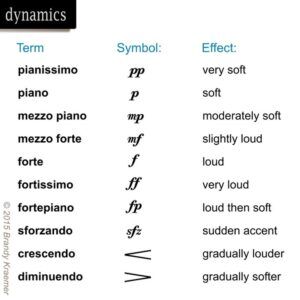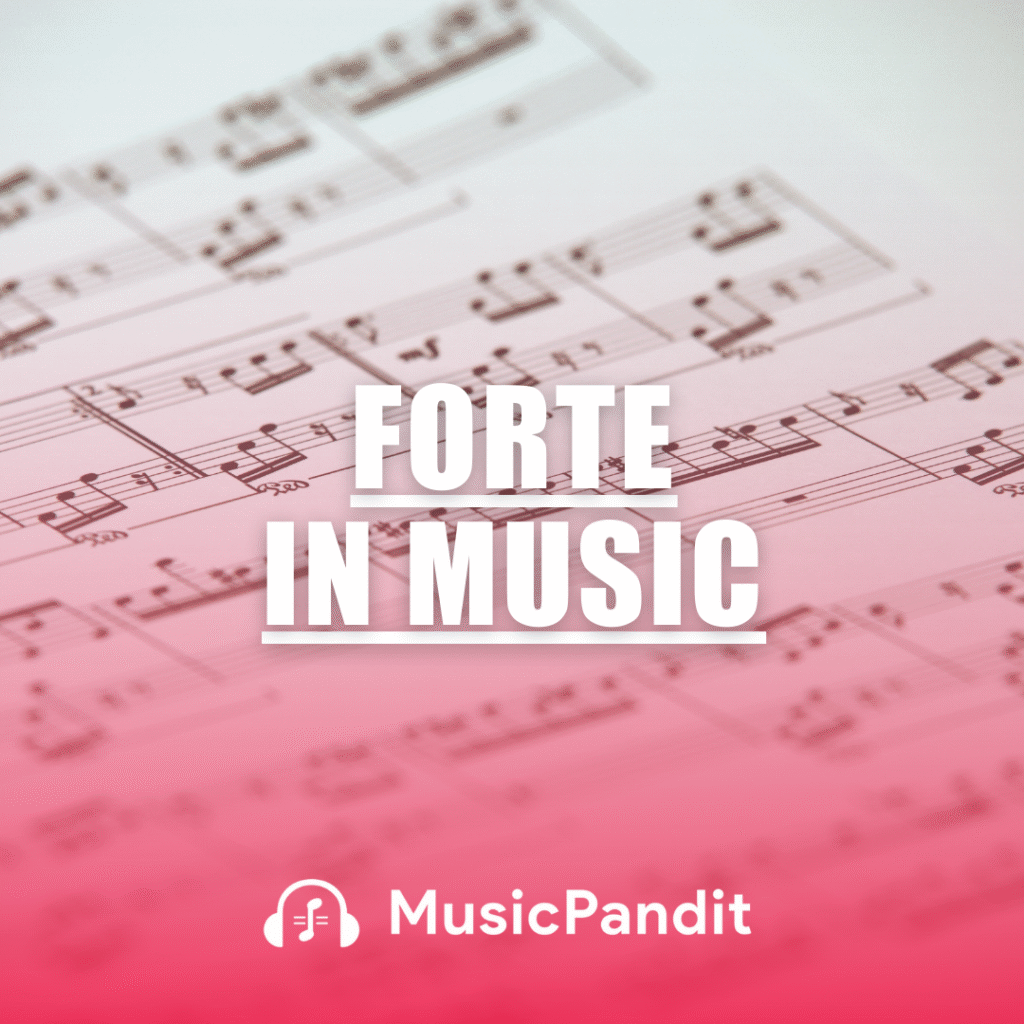Introduction
Music isn’t just about pitch and rhythm—it’s also about dynamics, or how loudly or softly a piece should be played. Among the most powerful dynamics in music is the term forte. Whether you’re a beginner just starting out or a more advanced musician, understanding what forte means can dramatically transform how you approach a piece of music.
In this article, we explore the meaning of forte, its historical background, how it’s used in music, and why it matters so much in musical expression.
What Does Forte Mean in Music?
The word forte comes from Italian and literally means “strong” or “loud.” In musical notation, it is represented by the letter “f” and is used to instruct musicians to play a section loudly or with forceful energy.
Forte is not just a volume level—it is an emotional cue. It tells a musician: “Here’s where the music needs to speak boldly. Project. Express. Take the spotlight.”
The Role of Forte in Musical Dynamics
Forte is part of a broader system of dynamics in music. Dynamics help performers understand the intensity and emotional direction of the music. Here’s a quick overview of where forte fits in:

As you can see, forte sits in the upper-middle range of loudness, just below fortissimo and above mezzo-forte.
How Is Forte Indicated in Sheet Music?
In sheet music, forte is indicated with a simple lowercase “f” below or above the staff line. It might look like this:
🎼 f = Play loudly
Sometimes, you’ll see ff (fortissimo) or fff (fortississimo) which indicate even greater degrees of volume. These markings are often placed at key emotional or climactic moments in the music.
Additionally, you might encounter fp (forte-piano), which means “play the note loudly, then immediately soft.”
Origins and History of Forte
Forte and other dynamics began appearing more regularly during the Baroque and Classical periods. Composers like Johann Sebastian Bach and Wolfgang Amadeus Mozart used these markings to shape musical phrasing and dramatic storytelling. Before that, music often lacked explicit dynamic markings, leaving interpretation entirely to the performer.
Italian was the dominant language of music in these periods, which is why most dynamic terms—including forte—are Italian.
Forte in Practice: More Than Just Playing Loud
Playing forte isn’t simply about playing louder. It’s about:
- Confidence: The music should sound bold, clear, and strong.
- Tone control: Musicians must maintain beautiful tone even at high volumes.
- Balance: In ensemble settings, your forte should not drown out others.
- Emotion: Forte often expresses joy, triumph, anger, or grandeur.
Forte doesn’t mean shouting. It means projecting. A good musician knows how to be powerful without being harsh.
Examples of Forte in Famous Music
Forte is a hallmark of emotionally charged moments in music. Some iconic examples include:
- Beethoven’s Symphony No. 5 – The famous “da-da-da-DUM” begins in forte, immediately grabbing attention.
- Tchaikovsky’s 1812 Overture – The cannon blasts and brass fanfare are classic examples of forte and fortissimo.
- Queen’s “Bohemian Rhapsody” – The operatic section includes a sudden shift to forte, increasing drama.
Forte moments like these help a composition build tension, energy, and excitement.
Teaching Forte to Beginners and Children
Forte is often one of the first dynamics children learn in music class because it’s fun and easy to understand. Some creative ways to teach it include:
- Games – Clap or sing phrases marked forte and piano to illustrate contrast.
- Storytelling – Use characters or scenarios to represent different dynamics.
- Body movement – Ask kids to grow tall or make wide gestures for forte.
Forte helps children begin to understand that music is not just notes—it’s expression.
Related Terms and Symbols
Besides f for forte, musicians often see dynamics that expand on or modify it:
- sfz (sforzando): A sudden, strong accent.
- fp (forte-piano): Play loudly then immediately softly.
- Crescendo ( < ): Gradually getting louder, often leading up to a forte.
- Diminuendo ( > ): Gradually getting softer, often following a forte passage.
These dynamic tools give performers the means to shape music like a conversation—building, softening, or exploding as needed.
Common Mistakes with Forte
Some musicians, especially beginners, misunderstand forte as simply “playing as loud as possible.” But this can lead to problems such as:
- Poor tone due to overblowing or pressing too hard
- Strain or injury, especially in vocalists or wind players
- Loss of contrast, if everything is played loudly
- Overpowering others in group settings
Playing forte correctly means striking the balance between strength and control.
Why Forte Matters in Music
Music without dynamics is flat. Forte injects life, energy, and movement into music. It helps:
- Create contrast between quiet and loud passages
- Highlight important moments in a song
- Convey emotion and intensity
- Guide audience attention
Whether you’re performing a gentle lullaby or a dramatic symphony, dynamics like forte give your music character and purpose.
Conclusion: Embrace the Power of Forte
Forte is more than just playing loudly. It’s about owning the moment, commanding presence, and expressing musical ideas with power and clarity. Whether in a grand concert hall or a simple classroom, the ability to play forte with skill and sensitivity is a hallmark of a thoughtful musician.
So the next time you see a bold “f” in your sheet music, remember: it’s not just a letter. It’s an invitation to be heard—boldly, beautifully, and with confidence.
Source:https://www.musicpandit.com/resources/articles/forte/

